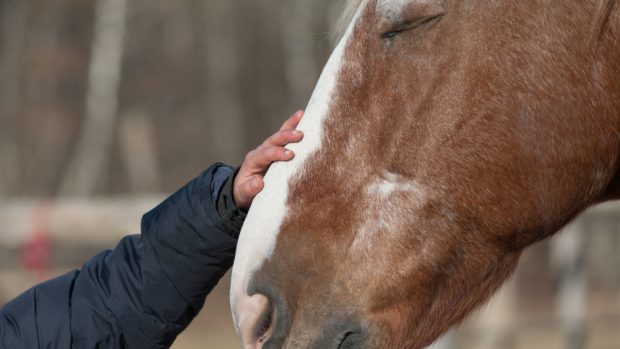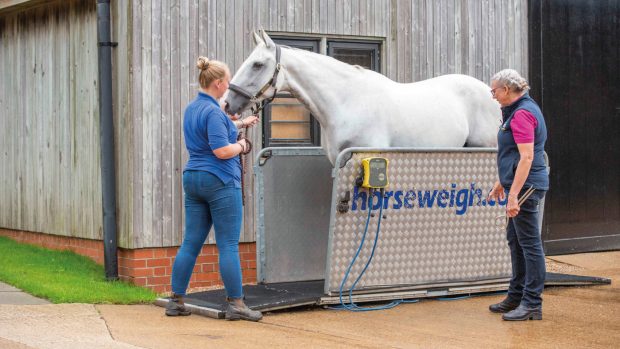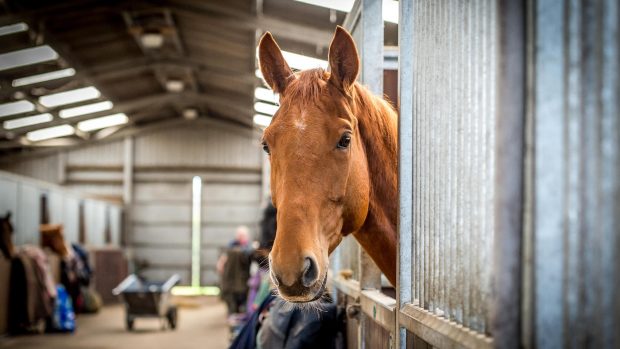Many owners are using bits that do not fit, new research suggests, as the importance of giving more consideration to a horse’s breed, age and sex in mouthpiece choice is highlighted.
In the study, researchers from the University of Helsinki looked at the variation in oral dimensions between 554 horses and ponies – including types such as warmbloods, Connemaras and cobs, aged between five and 29.
Of the 554, 465 wore a bit and researchers compared the oral dimensions of these horses and ponies to the bits they wore. Of the bits used, a double-jointed snaffle was the most common mouthpiece and a loose-ring was the most common cheek type. But of the group, 25.8% of the horses and ponies were wearing a bit that did not fit, by being either too short or too long for the mouth. Oral dimensions were significantly smaller in mares than geldings, and they were found to have less tongue space.
The researchers concluded it was common for horses to wear bits that did not fit in relation to their oral dimensions.
“Breed and age appeared to affect the owners’ selection of bit length. However, owners may be unaware of the relationship between oral dimensions and sex when selecting bit size,” they said.
“Measuring oral dimensions as part of routine dental examination aids in choosing a bit mouthpiece size that fits in order to avoid discomfort. It is recommended to check bit fit regularly as the horse ages.”
British Equine Veterinary Association council member Neil Townsend told H&H correctly fitting tack is “paramount” to the welfare of the ridden horse.
“There are considerable differences in mouth width and space between breeds so owners should take advice on bit sizing, and swapping bits between horses of different breeds may not be appropriate,” he said.
“At first glance, the results of this study can be dramatic, but 70–75% of horses had a bit that fit correctly based on bit length and thickness. The measurements in this case were carried out by experienced researchers under sedation to an accuracy of 1mm, which may not be transferable at present to a clinical setting such as a routine dental exam.”
Gill Batt, bit-fitting specialist and founder of Horse Bit Advice, told H&H that of the horses she sees, around 50% might have an incorrect fitting bit – but she said owners are willing to learn.
“We’re very good at getting the saddle checked and all those sorts of things, but we’ve been a little bit behind about bits. But on the whole, who doesn’t want to do the best by their horse? And that’s whether we’re talking about Olympic standard or someone who has a horse they just want to go hacking with,” she said, adding that it is just as important to consider bit fit with an older horse as it is a younger horse, and she recommends horses are seen around every six months by a bit fitter.
You might also be interested in:

Does your bit fit? How to measure your horse’s mouth size

Choosing the right bit for your horse

Subscribe to Horse & Hound this spring for great savings
Horse & Hound magazine, out every Thursday, is packed with all the latest news and reports, as well as interviews, specials, nostalgia, vet and training advice. Find how you can enjoy the magazine delivered to your door every week, plus options to upgrade your subscription to access our online service that brings you breaking news and reports as well as other benefits.





